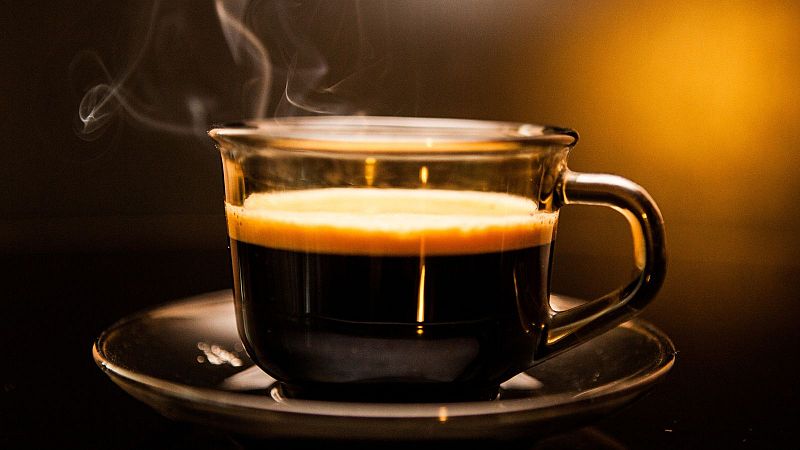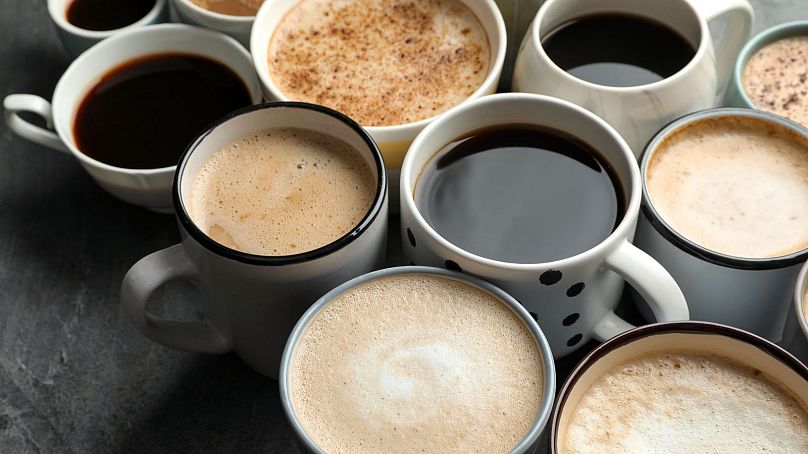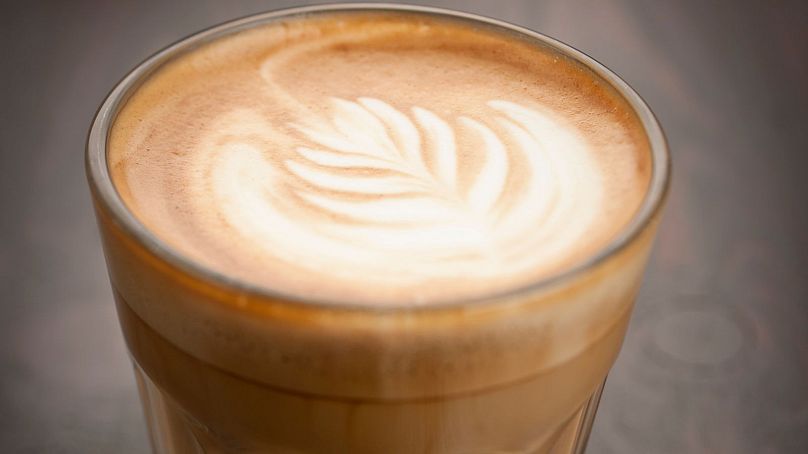Goodbye americano, hello long black? The new coffee order that's becoming a UK favourite

In Twin Peaks, agent Dale Cooper liked his coffee “black as midnight on a moonless night.” A simple and poetic order that, if made at a small London cafe in 2025 might have sparked the response: “But is that a long black?”
It’s the latest coffee trend to takeover the UK, kickstarted by a Chiswick-based cafe named Tamp's Coffee, which first shared an Instagram reel of the long black in October of last year.
For the Italians out there already shaking their heads in despair, let us try to explain.
What is a long black?
It’s essentially an americano but reversed. Instead of hot water being poured over a double espresso, the coffee shots are added to hot water to better preserve the crema, a golden-brown foam that sits afloat the surface. Despite the name, it’s not actually any longer - just typically served in a slightly larger cup.
As with many of the past decade's most popular coffee trends, most notably the flat white, this one also hails from Australia and New Zealand. The countries have become acclaimed for their high-quality coffee, which is linked to the influence of post-war Italian immigrants.
In an interview with the Guardian, Dave Olejnik of Laynes coffee shop in Leeds, UK, explained the long black’s appeal. “When you wallop a load of hot water on to an espresso, you also start to break down some of the structure, texture, and the crema, which sits across the top. Honestly, you just get a better-looking drink if you brew coffee into water.”
Although relatively unknown in comparison to the classics, the long black’s rise has been brewing for a while. A small survey conducted in 2023 found it to be London's fifth most popular coffee order, accounting for 9% of the city's coffee sales.
UK baristas have also reported noticing an increased interest from consumers, seeing it as the latest iteration of a trend for optimising the staples. Just as the flat white made the latte more efficient through a smaller amount of milk, the long black is supposedly quicker to make, with an improved texture and taste due, in part, to the hot water having cooled slightly by the time the espresso is added.
When did coffee become so complicated?
Ever since the very first coffee houses began populating Europe in the 1600s, no one could have predicted they'd evolve into 7am contemplations over a caramel macchiato or oat vanilla latte - two pumps.
Coffee used to be a simple pleasure, and in many parts of the world, remains so. In Italy especially, considered the birthplace of espresso, coffee is not just a drink but an intrinsic part of the country’s culture and social rituals, accompanied by a series of etiquettes (no milky coffees after noon) and intended to be savoured in the company of others.
The drink's widespread popularity across the continent along with cultural shifts, and the sudden dominance of large coffee chains like Starbucks and Costa, has led to much of the western world now consuming bigger, sweeter and ever more intricate (and ridiculous) sounding preferences.
A growing interest in specialist techniques has also introduced all manner of new methods like nitro cold brew or AeroPress, while social media propagates fads like adding a spoonful of butter or olive oil to your latte.
The long black is just another addition to a market that’s always looking for ways to further individualise its offerings and cater to the cult of cool (and subtle snobbery) that has come to define many western coffee drinkers. Whether it will truly take over the beloved americano or become as popular as the flat white has yet to be seen, but one thing’s for sure: we could really do with a coffee right now.
Some facts to brew on
Luxembourg drinks the most coffee in the world, consuming 25.34 kilograms per person a year, according to the World Population Review. We're jittery just thinking about it.
Americanos got their name from American soldiers stationed in Italy during World War II, who would often ask for their espressos to be watered-down.
Copenhagen has the most expensive espressos in the world, costing £5.01 (€6.01) on average, according to a study by Finder.
Coffee was once called 'satan's drink' and outlawed until Pope Clement VIII blessed it in the 1600s, allowing all to fully embrace the holy nectar.
The cappuccino, a popular frothy coffee order, reportedly got its name in the early 1900s from Italy's Capuchin friars, whose robes resembled a similarly milky brown colour.
The oldest cat on record, a mixed tabby called Crème Puff who died aged 38, reportedly lived off a diet of daily coffee. So, purrfect excuse to do the same?
Today



